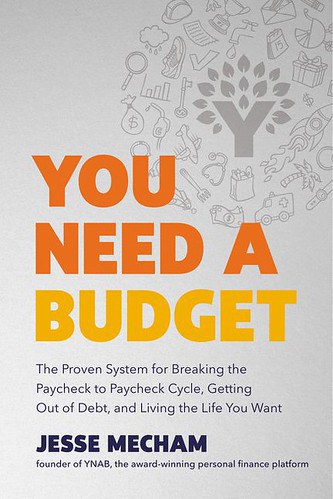Feeling Bad for the Joneses Economy

Recently, we conducted a study with Money with Katie’s Instagram audience. The results were shocking. We asked for some economic data, such as age, location and what people spent their money on. What we didn’t expect to hear was this:
In our data set, the median income of married couples was $217,000 and for single earners it was $119,000.
We made a phone call after we had reviewed the results. One of our team members called out, “Wait.” Our readers are rich, according to those who have taken the time filling out the survey. !
It’s obvious that there is a selection bias in play: this audience seeks personal finance advice and has the time to complete a survey on their finances. They also felt confident enough about sharing their data, probably because they are proud of it.
It made me curious, so I went looking for information that would help me understand the disparity between what was widely reported as “median income”, and what I saw in our community.
The Joneses Syndrome
Part of the reason the results were surprising in our #CurrentEconomicEnvironment is because the general consensus across society right now is that…well, the struggle is real. The Federal Reserve attempts to gauge the economic health of consumers every three years. The Federal Reserve asks consumers how they feel about their finances and the state of the overall economy.
It’s strange: When asked about the state of the economy, respondents to the survey were quick in telling the Fed the economy was a mess. When asked about their own financial situation they felt decidedly better . When people last felt “okay” with their finances, they rated the economy of the country as “good” or “excellent” more than double the amount.
Instead of trying to keep up with the Joneses — admiring their new Buick Lacrosse or spending ourselves into oblivion in an effort to win the material arms race — we feel sorry for the Joneses.
“In summary, everyone believes that the economy is bad…for everyone else.”
To sum it up, everyone believes that the economy is bad… for everyone else.
There’s evidence that people do not believe that they are personally doing badly. Surveys and consumer behavior indicate that, contrary to popular belief, most Americans believe they are doing well, but that the economyis doing badly.
Are bad income figures being masked by bad data?
The 75,000 figure is often quoted as the median income for a family in the US. It’s obvious that this is a problem. It is difficult to imagine how anyone can afford to live in a decent way (and save for the future), anywhere other than low-cost of living meccas like Harlingen Texas.
It certainly gives a grim picture of the labor force today. This number is slightly misleading because it includes older adults who live on a fixed-income (like Social Security), but are no longer employed.
It is not surprising that the picture looks much better when you exclude retirees. In 2021, for example, the median income of a household with two full-time workers was $130,000 (*1). The median income for a family with just one full-time employee was $86,500. (*2)]
The way you present your story on the Internet can make a huge difference.
In San Jose, California the median household income was $261,000 for families with two earners. In the top 100 metro areas, not one had a household median income less than $100,000 when both people worked full-time.
It’s not to minimize the challenges facing the average American family. I am aware that there will be a lot of pushback: rising housing costs, healthcare and education. All of these topics have been covered extensively both on this website and elsewhere. As I said, it’s not like we don’t face problems. The income side of the equation of labor is vastly underrated, which could explain why 82% think that the economy is bad.
Our own survey results are comfortably included in this data set. They would be slightly above average, but still within the top 25 percent of the medians. These are averages and medians, which means that roughly half the population earns less than these figures. It was good to feel a little more optimistic about the amount people earn.
After all, three in four Americans told the Federal Reserve they were doing “at least OK” financially at the end of 2022, consumer spending is still strong, and inflation is down to 3.2%.
The data shows that the Joneses have a good life.










+ There are no comments
Add yours